“Through Cooperation With Huawei We’re Sure to Break the Digital Divide”
- Par Jocelyne NDOUYOU
- 07 mars 2019 16:23
- 0 Likes
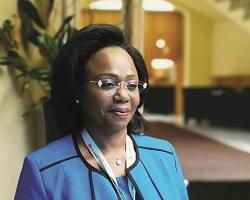
Judith Yah Sunday Achidi, General Manager of Cameroon Telecommunications (CAMTEL).
In recent years, Cameroon has made greater achievements in the ICT domain than the other countries in Central and West Africa. As a provider of ICT infrastructure, CAMTEL played a greater role in leading the communication infrastructure in Cameroon. How far are you with different projects that have been put in place?
Cameroon Telecommunications (CAMTEL), the incumbent telecommunications operator in Cameroon, from its creation two decades ago, has always had its principal mission - the development of state-ofthe-art telecommunication infrastructure in Cameroon. It’s committed to offer quality and affordable services in Cameroon and beyond. It operates a nationwide backbone network which interconnects neighbouring countries such as Nigeria, Central African Republic and Chad. CAMTEL aims to develop Cameroon as an international traffic Hub in Africa, through trans-border terrestrial cable and international submarine cables. It was against this backdrop that the initiative to construct another submarine optical fiber cable, the South Atlantic Inter Link (SAIL) was conceived. It is a consortium between CAMTEL, CHINA UNICOM and its subsidiary CHINA UNICOM DO Brazil. The consortium announced the completion of the close to 6,000km of its 25-year-life-span transatlantic optical fiber subsea cable on September 4 , 2018. It has been designed to be a fast and direct path, utilizing the industry leading 100G transmission technology and to deliver a design capacity of 32 Tbsp, through a 4-fiber pair configuration since its inception in 2016. It marks a significant milestone: for the first time, two continents, Africa and Americas are fully connected to their respective landing stations (Kribi in Cameroon and Fortaleza in Brazil). What about the other projects like the National Broadband network? The CAMTEL’s National Broadband network was set up in 2006 to enable it to densify its telecommunication network by 2020. The objective was the construction of over 20,000km of a national fiber optic backbone to link up all 10 regions with broadband services and secure the national network. So far, CAMTEL has deployed close to 10,000km of optical fiber which covers seven regions, 48 divisions and about 40% of sub divisions of our country and some CEMAC countries like Chad. Work is still ongoing to cover the entire country as it is part of government’s policy to combat high cost of living, implement a digital governance programme, interconnect our State universities and deploy new generation multipurpose Community Tele-centers in many suburban and rural areas all these though optical fiber. Upon completion, it will be able to provide services such as data backup and archiving, internetcontrolled access, authorization and authentication management, architecture design services, diverse firewalls and anti-malware programmes, just to name a few. In 2019, CAMTEL will continue to sell its services through the commercialization of capacities of its most recent submarine cable SAIL; the broadband services to end-users and stakeholders through Fiber to the X (FTTX) and the mobile.
As the newly-appointed General Manager of CAMTEL, will there be any new changes in the development strategy in the next few years?
In line with the digital Cameroon 2020 strategy, CAMTEL will strive to be transformed from an ICT infrastructure provider to a digital economy driver and a customer-friendly company. The company will continue to invest in the broadband sector to achieve digital strategic goals and further strengthen the commercial operations of submarine cables, backbones and data center so as to be the ICT Hub in the Central African sub-region. As you mentioned before, the SAIL submarine cable was commercialized in November 2018, and the data center will be in second quarter of 2019.
What do you think of the commercialization strategy of these projects?
SAIL comes at a time when competition is stiff, there is a high demand in capacities and information and communication resources from operators and stakeholders. Thus, the urgent need to moderniz...
Cet article complet est réservé aux abonnés
Déjà abonné ? Identifiez-vous >
Accédez en illimité à Cameroon Tribune Digital à partir de 26250 FCFA
Je M'abonne1 minute suffit pour vous abonner à Cameroon Tribune Digital !
- Votre numéro spécial cameroon-tribune en version numérique
- Des encarts
- Des appels d'offres exclusives
- D'avant-première (accès 24h avant la publication)
- Des éditions consultables sur tous supports (smartphone, tablettes, PC)






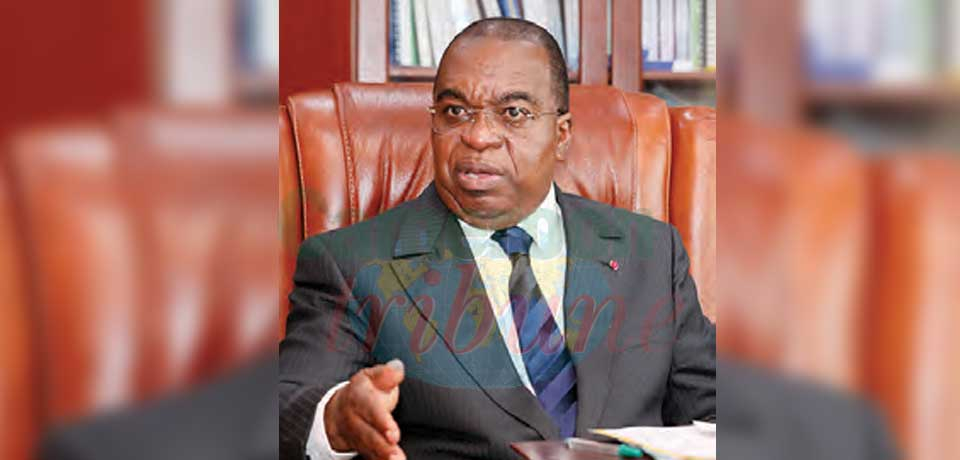
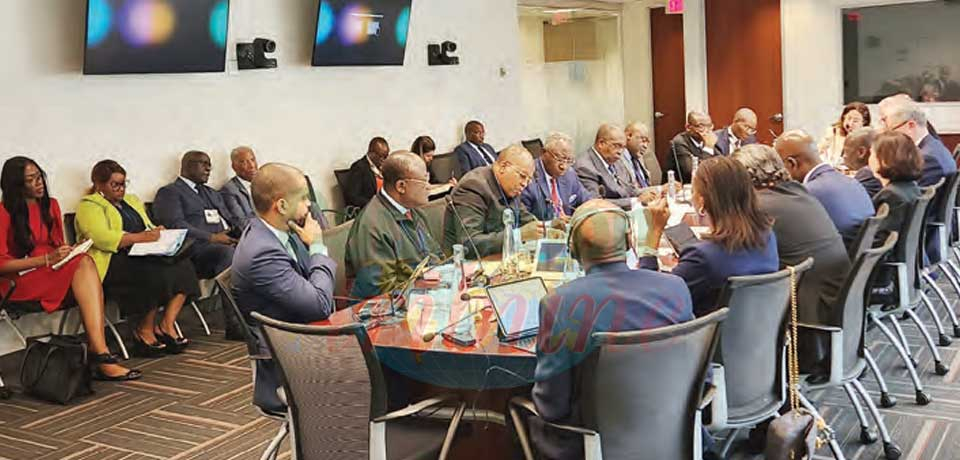
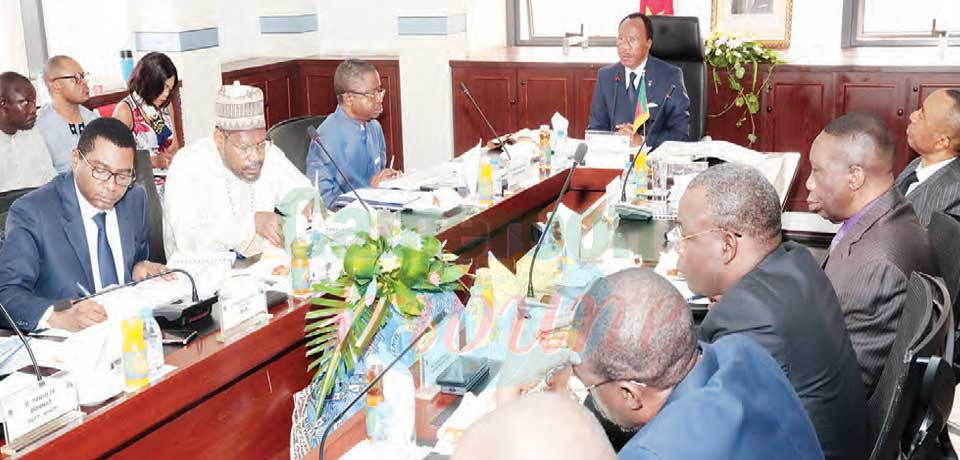
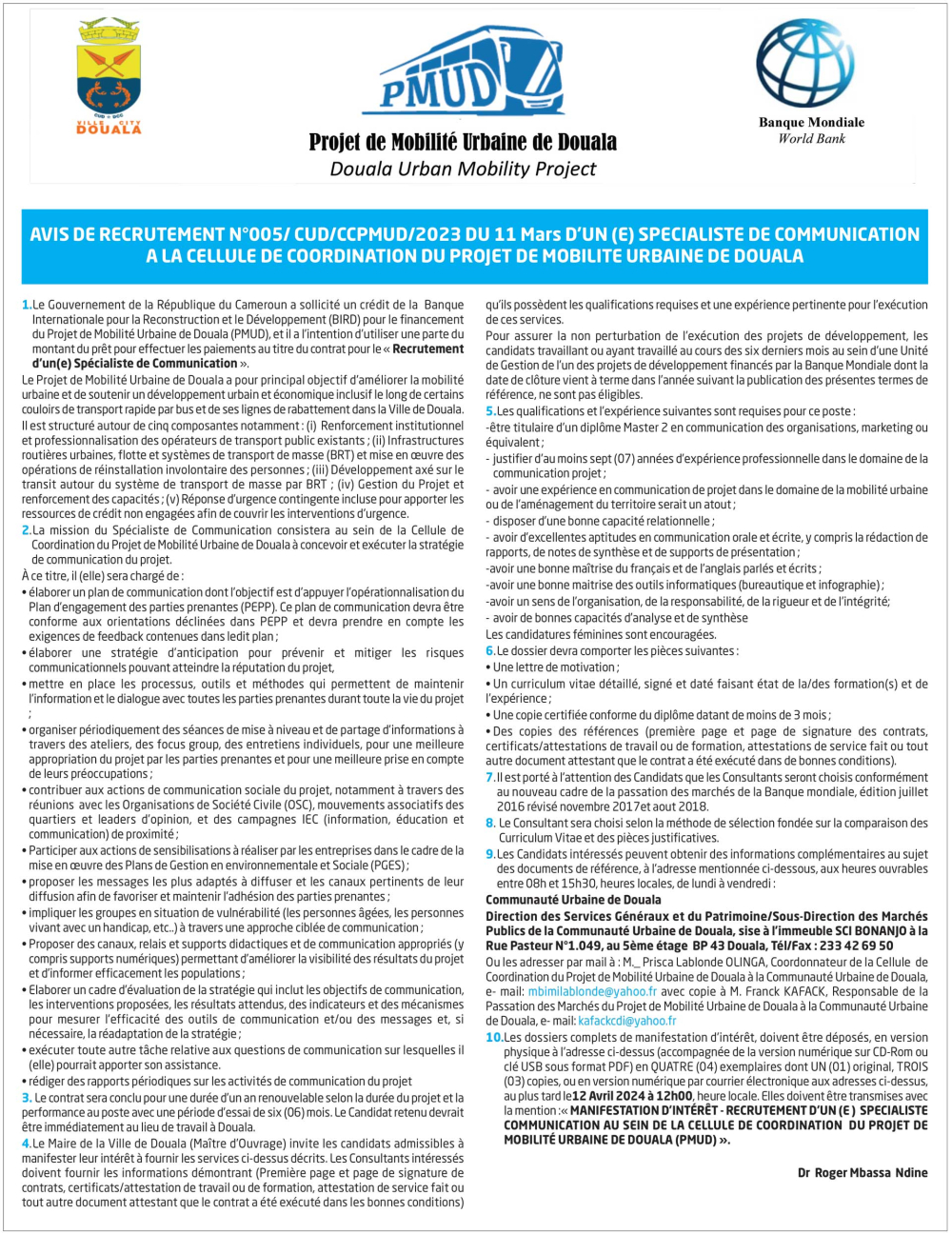
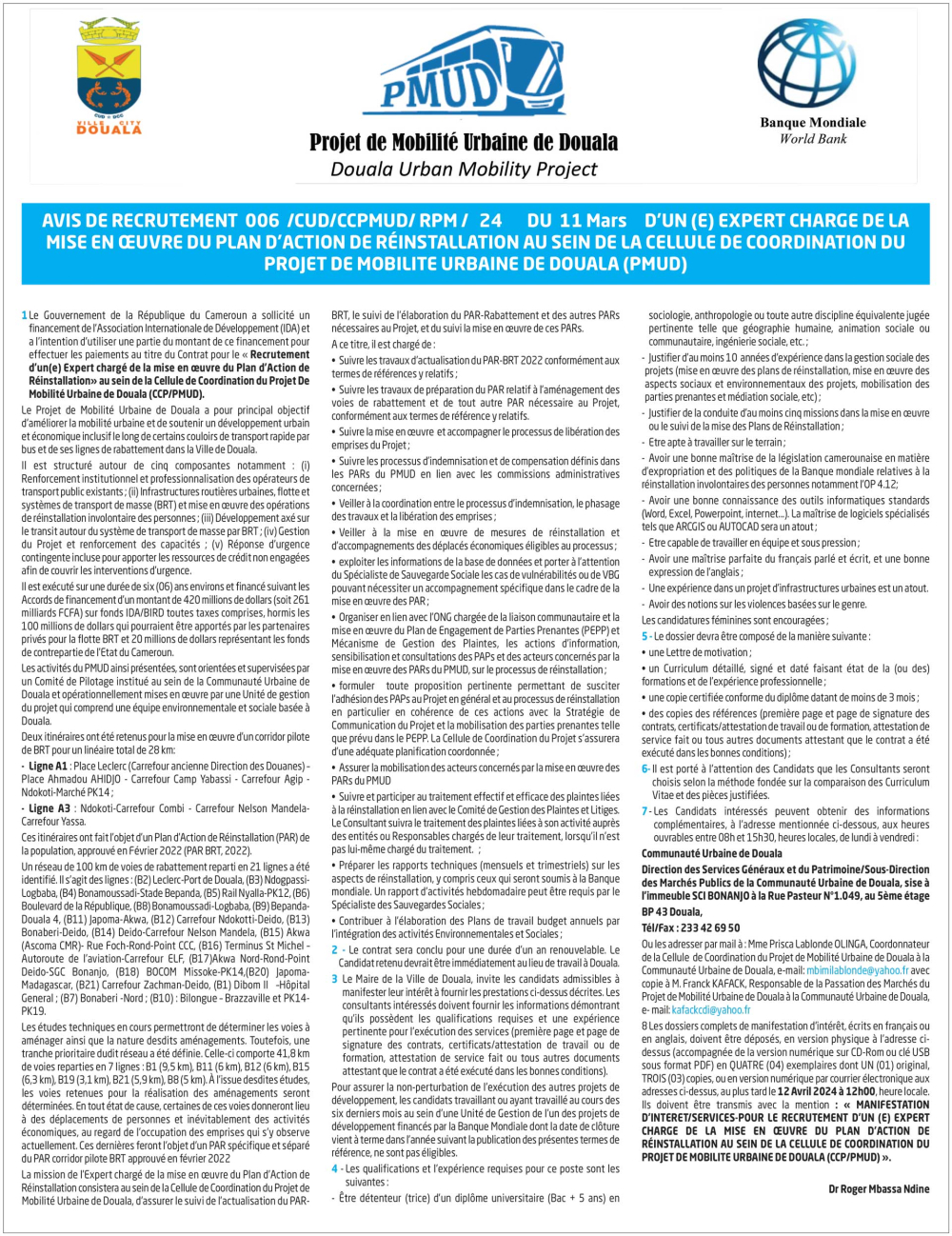





Commentaires